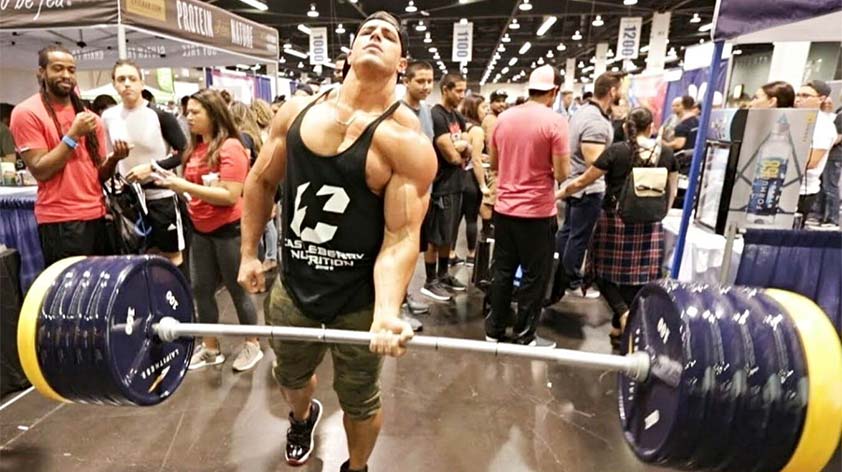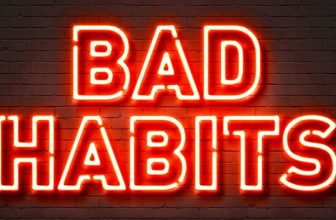
Weightlifting is a challenging enough form of training for anyone, but even more so if you’re trying to break a record. You might have seen videos online, where you see someone manage to lift an incredible amount of weight, seemingly without any trouble whatever. Then you start to question it, how could they move that many pounds (or kilos) without so much as a guttural groan?
However, there have been cases where weightlifters have been called out for the use of ‘fake weights,’ where some of the weights they are supposedly lifting are actually hollowed-out weights, resulting in much lighter barbells. So, the question is why would someone use fake weights in the first place? Read on for Fake Weights: Why Bother & How to Spot Them!
Why Use Fake Weights in the First Place?
1. To Gain a Social Media Following
As IFBB Pro, Coach Greg Doucette in the video above explains, a popular way some weightlifters have gained a following is by posting videos of themselves lifting unbelievable amounts of weight, drawing attention of viewers from all around the world. However, many of these videos are not what they seem. He also talks about such social media fitness celebrities as Brad Castleberry and Jeff Cavalier who runs the YouTube channel “Athlean-X”.
2. For Magazines or Movie Props
Fake weights are often used as props in movies so the actor or actress doesn’t need to overexert themselves during the scene and can deliver their lines smoothly without the added real weight. Fake weights are also used for magazines and brand advertising, so that the model won’t tire out during the shoot.
3. In Live Shows & Entertainment
In circus or wrestling stunts, fake weight items have often been used to entertain an audience. Most commonly, they are found in strongman contests or wrestling stunts where they throw weights at the competitors to add to the drama. Obviously, throwing real weights even small, 1kg cast iron ones can cause serious injury to anyone!
How Can You Spot Fake Weights?
1. Exertion & Effort
Notice if the weightlifter shows signs of proportional (to the weight) exertion. The easiest way to detect if someone is lifting with fake weights is if they show no sign of struggle or reasonable exertion, or grunting or groaning.
2. Breathing Rate, Red Face & Trembling Arms & Legs
When someone is shifting a large amount of weight, they will be panting, or breathing hard, they’ll be red in the face, and their arms and legs would, to some degree, be shaking in the effort.
If you’ve seen videos of people ‘easily lifting 400lbs’ (181kg) without strain, it’s likely they are using fake weights.
Look for Any Equipment Hints
1. Bending Barbells?
When trying to spot fake weights, check to see if the barbell is bending (which can happen with real weights) when bench pressing for example.
2. ‘Bounce’ Factor
Another indicator of a fake weight is if the weights ‘bounce up’ when putting them down. Real weights are heavy, made or cast iron or steel and don’t bounce uncontrollably when dropped.
3. Weightlifting Gear: Wrist Straps, Lifting Belt, & Elbow or Knee Supports
Lastly, spot to see if a weightlifter is wearing appropriate lifting gear, like wrist straps, lifting belt, or wearing any elbow or knee supports which are common among serious weightlifters.
4. Appearance of the Weights
If you notice that the weights don’t match the design of the other weights at the gym, or that their appearance upon closer inspection seems a bit odd, that could be the sign of a fake weight.
In this day in age, social media can, without due analysis, hide the truth of how people portray and present themselves. The rising trend of fake weights has only increased that level of dishonesty, and descended into a pile of gossip and wasted time and energy. Perhaps fake weights should remain the domain of magazines, movies, or used in forms of entertainment. But the question is, do you feel confident enough to know where you can clearly separate fact from fiction?
What are your thoughts on this topic? Let us know in the comments below, and join in the convo on Facebook, Twitter & Instagram! Don’t forget to check out our dedicated iron-packed muscle section (which only features real weights)!









